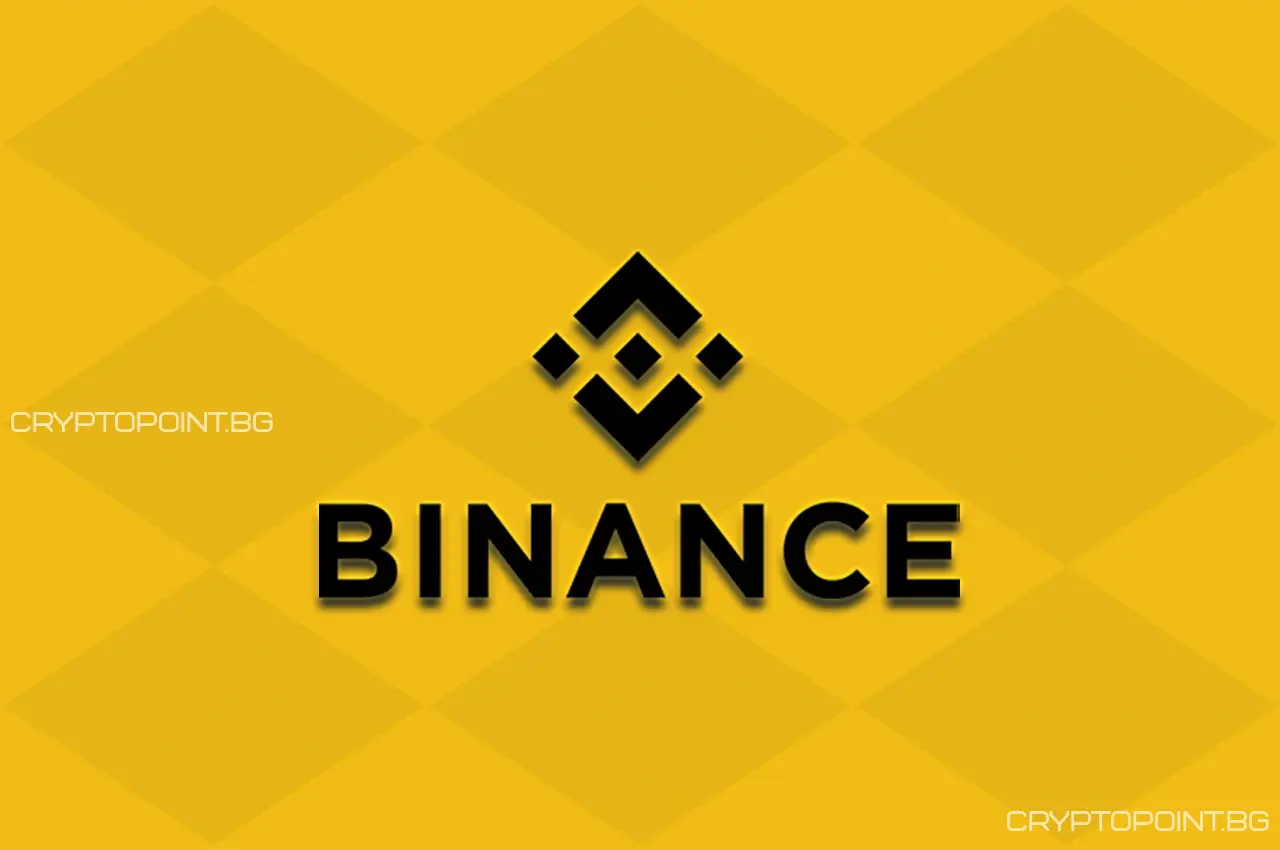
The decision by Binance to halt USDT trading in the European Economic Area marks a turning point for the crypto industry in the region, ushering in a new era of regulations and a reshuffling of stablecoins under MiCA pressure.
What’s happening?
Binance has officially suspended spot trading of USDT and eight other stablecoins for users in the European Economic Area (EEA), in an effort to comply with the new MiCA (Markets in Crypto-Assets) regulations.
This decision has the potential to cause significant shifts in the liquidity and stability of the stablecoin market in Europe.
The end of USDT trading in the EEA
On March 3, Binance announced the upcoming delisting of non-MiCA-compliant tokens, with a final deadline of March 31, 2025. Affected assets, in addition to Tether (USDT), include:
- Dai (DAI)
- First Digital USD (FDUSD)
- TrueUSD (TUSD)
- Pax Dollar (USDP)
- Anchored Euro (AEUR)
- TerraUSD (UST)
- TerraClassicUSD (USTC)
- PAX Gold (PAXG)
Despite being removed from spot trading, users in the EU can still trade some of these tokens via perpetual contracts.
Alternatives: USDC and EURI take the lead
Binance has advised users to convert their holdings into MiCA-compliant stablecoins such as:
- USD Coin (USDC)
- Eurite (EURI)
Additionally, fiat trading in euros remains available for users within the EEA.
Other exchanges follow suit
- Kraken also delisted USDT, TUSD, PYUSD, and EURT in response to MiCA.
- Coinbase removed USDT earlier, anticipating the impact of the new regulation.
- Some exchanges are still trading USDT while awaiting further clarification from regulators.
Market impact
- The withdrawal of USDT from European markets could lead to a drop in liquidity, especially in stable trading pairs.
- Trading costs and transaction processing times may increase.
- Investors are voicing concerns about the reliability of alternative stablecoins, as USDT remains the most popular asset in this category.
Conclusion:
The decision by Binance and other exchanges to comply with MiCA marks a pivotal moment for crypto markets in Europe. While the regulations aim to protect consumers, they are reshaping the balance of power among stablecoins. What’s next? All eyes are on USDC, EURI, and potential new leaders in the region.
Frequently Asked Questions
Find answers to the most common questions below.
Binance is delisting USDT and several other stablecoins in the European Economic Area (EEA) to comply with the new MiCA (Markets in Crypto-Assets) regulatory framework, which sets standards for crypto assets in the EU.
Binance recommends users convert to MiCA-compliant stablecoins like USD Coin (USDC) and Eurite (EURI), which will continue to be supported in the EEA.
Yes, but only stablecoins that meet MiCA’s compliance requirements. Non-compliant tokens will be delisted from spot trading, though some may still be accessible through derivatives like perpetual contracts.
This article is for general informational purposes only and is not intended to be, nor should it be considered, legal or investment advice.




